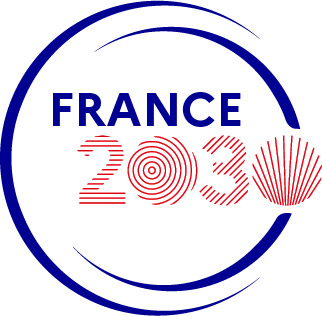Effect of GAN-based image standardization on MR knee bone-tissue classification performance
Due to their sensitivity to acquisition parameters, medical images such as magnetic resonance images (MRI), Positron Emission tomography (PET) or Computed Tomography (CT) images often suffer from a kind of variability unrelated to diagnostic power, often known as the center effect (CE). This is especially true in MRI, where units are arbitrary and image values can strongly depend on subtle variations in the pulse sequences [1]. Due to the CE it is particularly difficult in various medical imaging applications to 1) pool data coming from several centers or 2) train machine learning algorithms requiring large homogeneous training sets. There is therefore a clear need for image standardization techniques aiming at reducing this effect.
Considerable improvements in image synthesis have been achieved over the recent years using (deep) machine learning. Models based on generative adversarial neural networks (GANs) now enable the generation of high definition images capable of fooling the human eye [2]. These methods are being increasingly used in medical imaging for various cross-modality (image-to-image) applications such as MR to CT synthesis [3]. However, they have been seldom used for the purpose of image standardization, i.e. for reducing the CE [4].
In this work, we explore the potential advantage of embedding a standardization step using GANs prior to knee bone tissue classification in MRI. We consider image standardization as a within-domain image synthesis problem, where our objective is to learn a mapping between a domain D constituted of heterogeneous images and a reference domain R showing one or several images of desired image characteristics.
Preliminary results suggest a beneficial impact of such a standardization step on segmentation performance.


